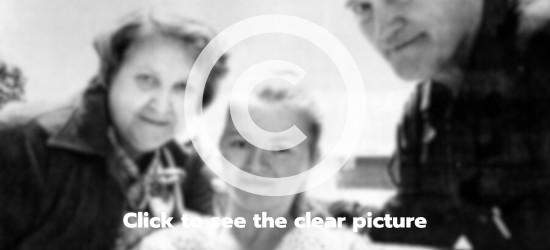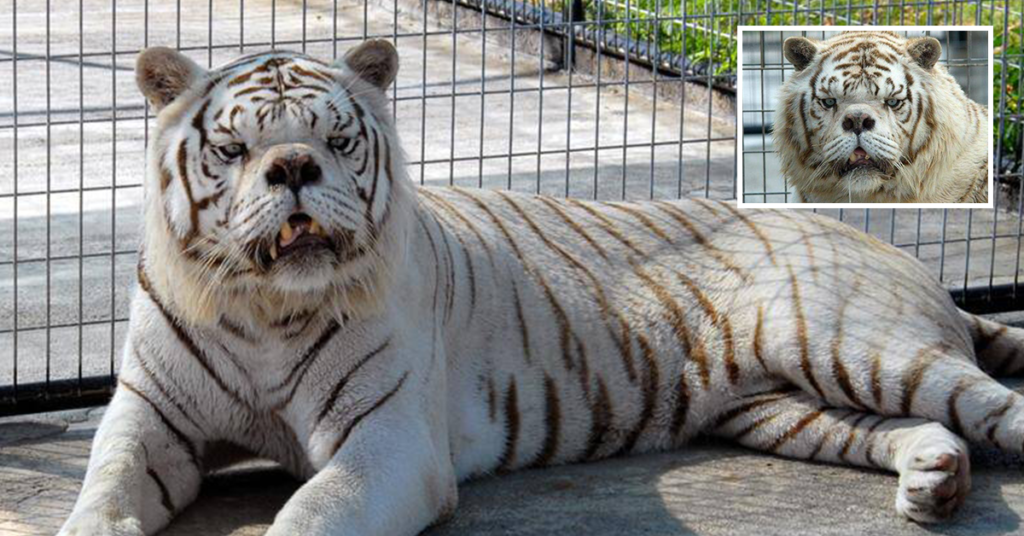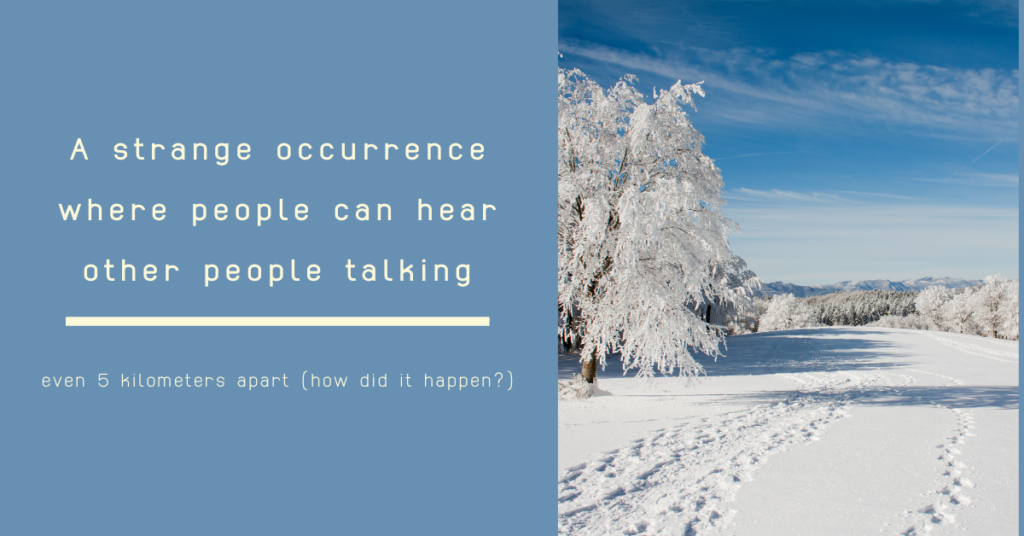The Story
In Minnesota in 1980, on New Year’s Eve, a man named Wally Nelson found the body of his friend in the snow near his house.
Jean Hilliard’s car had broken down on the way home to her parent’s house after a night out. She was 19 years old. She went out into the minus 30 Celsius (-22 Fahrenheit) night air in just a winter coat, mittens, and cowboy boots to ask her friend for help.
She fell at some point and passed out. For six hours, Hilliard’s body lay in the cold, and as her body heat drained away.
Nelson would tell Minnesota Public Radio years later, “I grabbed her by the collar and pushed her into the porch.”
“She seemed to be lifeless to me. She was frozen solid, but I saw bubbles emerging from her nostrils.”

If a body were to be frozen solid, how would it defrost?
Severe hypothermia does not always result in death. This concept has become the cornerstone of treatment. In a controlled environment, lowering the body’s temperature may slow the metabolism and reduce the body’s oxygen demand.
In a hospital or other medical environment, or occasionally in other locations, a cool body might temporarily halt the death process long enough to address a low pulse.
Don’t mind that her body temperature was only 27 degrees Celsius, which is 10 degrees below what a healthy human body temperature is. She seemed to have been frozen. Her face was pale, her eyes were clear, and her skin was said to be too tough for a hypodermic needle to go through.
“The body was cold and completely solid, like a piece of meat out of a deep freezer,” said the doctor who cared for her, George Sather.
Yet, with the use of heating pads, Hilliard’s body returned to health within hours. With just numb, blistering toes to show for her night as a human popsicle, she was quickly released home to live a regular life.

She needed considerably less oxygen to live since her body and circulation were slowing down, yet she was still able to breathe normally. Jean is in excellent health years after the event, but she avoids driving on ice roads at night.
We can only surmise as to whether Hilliard’s ‘frozen’ body was usual, if stunning, or oddly exceptional in its capacity to resist such an extreme shift in condition, given that we have no evidence other than a few shocked stories. Nonetheless, there is little question that she was lucky.
In the future, we could depend less on luck and more on medical advancements and quick actions to preserve lives like hers as we learn more about the remarkable things the human body is capable of.
Best Dog Pharmacy for each part of the body
+ Providing healthy ears
+ Contains Aloe Vera
+ Controls production of fluid
+ Reduces risk of nerve damage and loss of vision
+ Sweet-tasting formulation
+ Easy to administer





